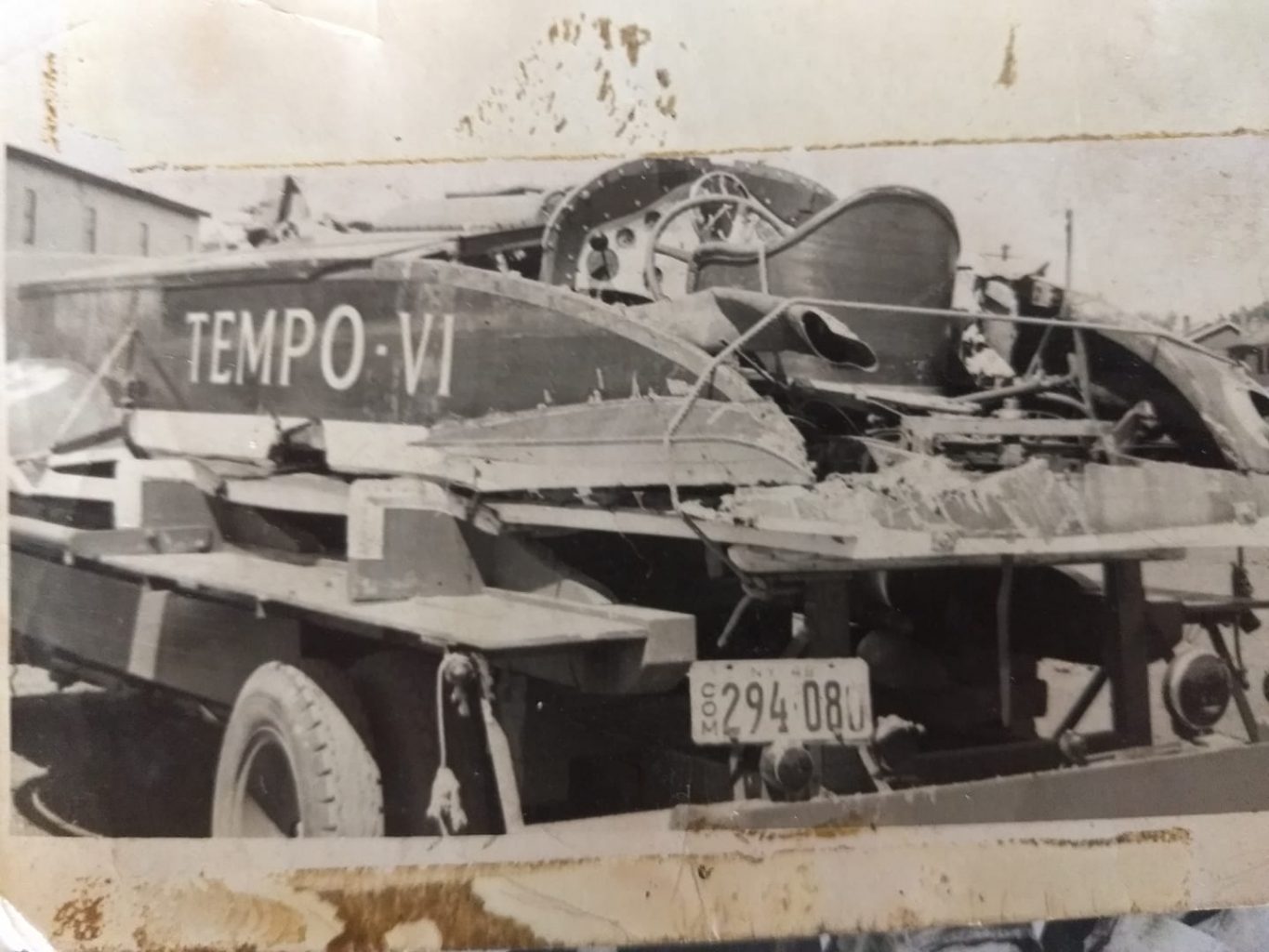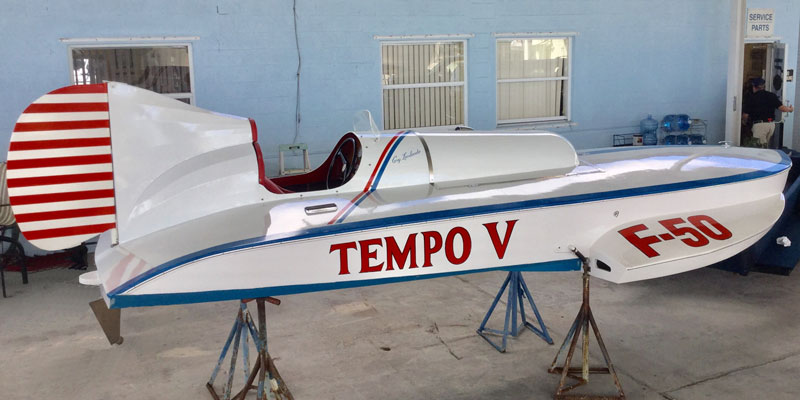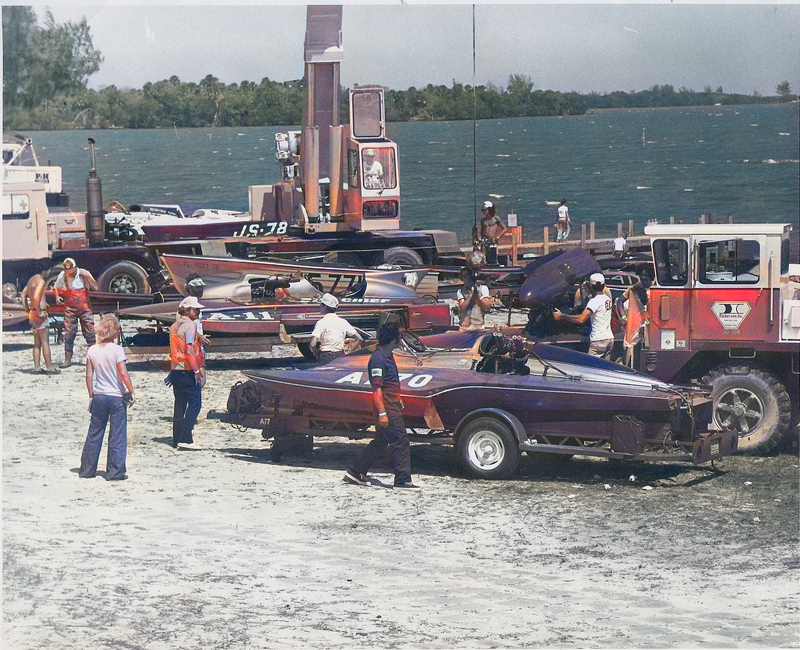The first quarter for 2022 is posted.
We also added another photo slideshow video to our YouTube channel featuring all the photographs that appeared on our monthly calendars from 2015-2020. We already have another video on our channel that featured photos used from 2005-2014, so this new video is just Part II.




